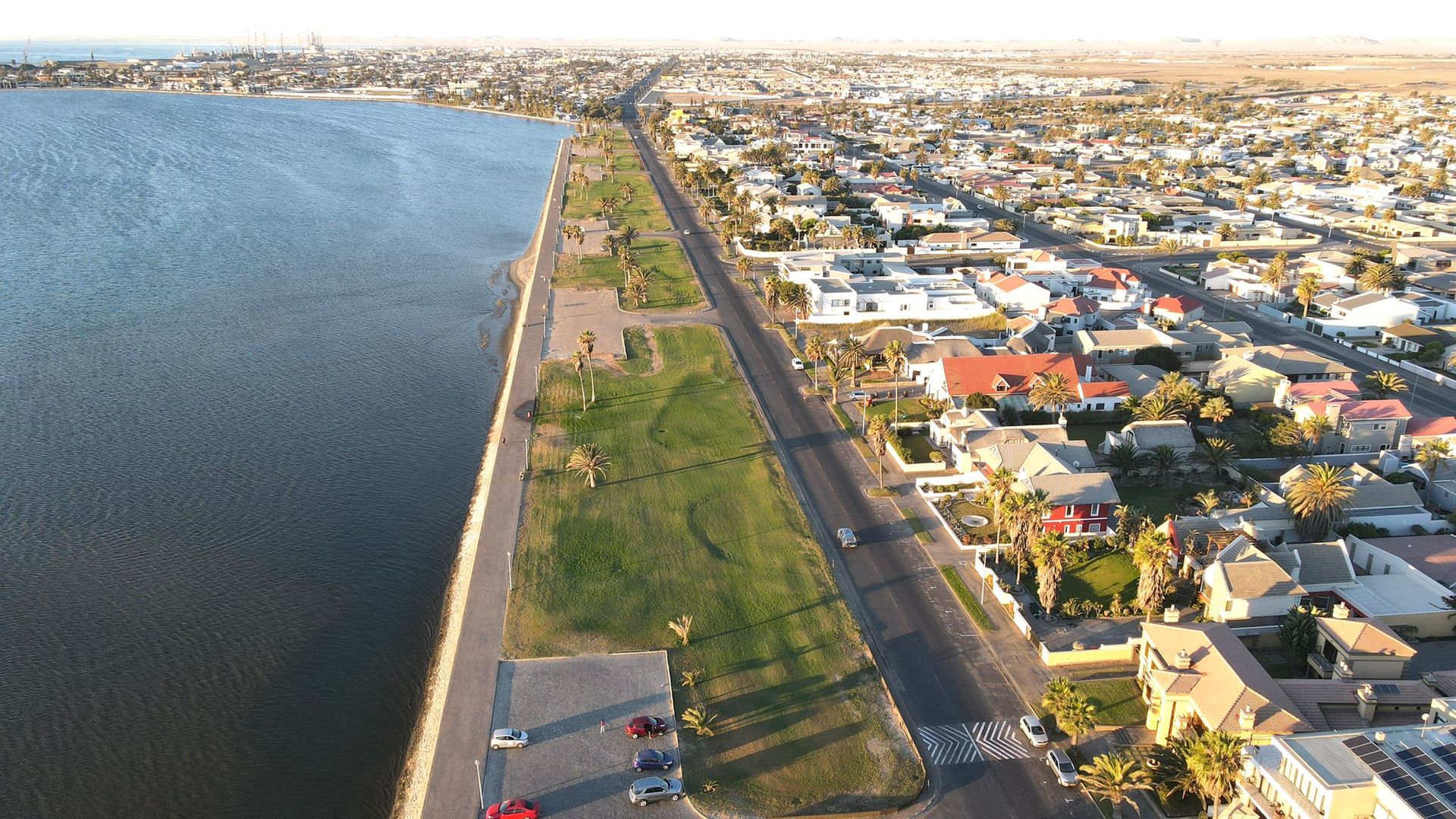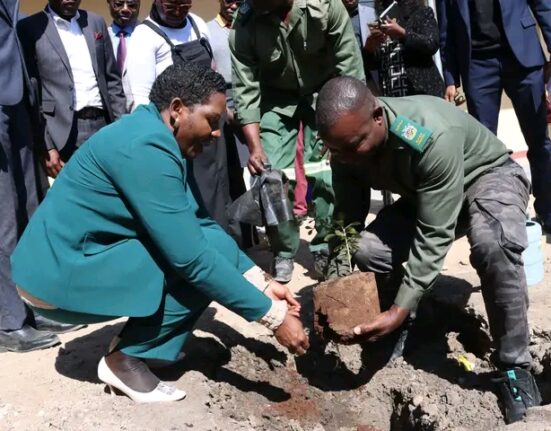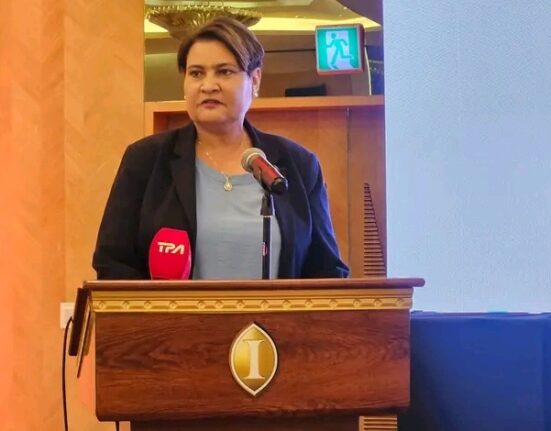Namibia, located in Southern Africa, is a country of stark contrasts, not just in terms of its diverse landscapes but also in its social and economic fabric. While the country is renowned for its stunning deserts, abundant wildlife, and vibrant culture, it also faces significant challenges in terms of inequality, with a notable divide between rural and urban areas. The rural-urban divide in Namibia is deeply entrenched and reflects disparities in infrastructure, access to services, economic opportunities, and social development. This divide has shaped the lives of Namibians for decades and remains one of the most pressing issues in the country’s development.
In this article, we will explore Namibia’s rural and urban divide, looking at the factors contributing to this separation, the impact on the population, and the ongoing efforts to bridge the gap between the two worlds.
The Rural Landscape: A Life of Tradition and Challenge
Namibia’s rural areas are home to the majority of its population. These regions are often marked by vast, open spaces, few settlements, and a reliance on agriculture for sustenance and livelihood. Agriculture, both subsistence and commercial, forms the backbone of the rural economy, with many rural Namibians engaged in crop farming, livestock rearing, and fishing. The land is integral to their culture and identity, and their lifestyle is deeply intertwined with the rhythms of nature and the seasons.
The rural population is also characterized by its ethnic diversity, with many of Namibia’s indigenous groups, including the Ovambo, Herero, Nama, and San, maintaining traditional ways of life in these areas. The rural communities often uphold customs that have been passed down for generations, including cattle herding, weaving, beadwork, and oral traditions.
However, life in rural Namibia is far from easy. Access to basic services, such as healthcare, education, and clean water, remains limited in many areas. The country’s vast size and sparse population density mean that rural areas are often difficult to reach, with poor road infrastructure and a lack of transportation options. Many rural inhabitants still rely on traditional forms of medicine, and health services are few and far between. Education is also a challenge in these areas, with fewer schools, limited resources, and long distances to travel for students.
The economic challenges faced by rural communities are compounded by the unpredictability of climate patterns. Namibia is one of the driest countries in the world, and rural farmers are highly dependent on seasonal rainfall. Droughts are a frequent occurrence, and they severely impact the agricultural output of rural areas, leaving many people vulnerable to food insecurity. Moreover, land tenure and land rights issues are also prevalent in rural Namibia, with many farmers facing challenges in securing ownership or long-term access to land.
Urbanization in Namibia: A Rapid Shift Towards Cities
Namibia’s urban centers have experienced significant growth over the past few decades. Windhoek, the capital city, as well as other cities like Swakopmund, Walvis Bay, and Rundu, have seen a boom in population as people from rural areas flock to urban centers in search of better opportunities. This trend is a reflection of the broader pattern of urbanization seen across Africa, where people are increasingly moving to cities in search of employment, education, healthcare, and a higher standard of living.
Urbanization in Namibia has brought about several positive changes. Cities have more developed infrastructure, including better roads, electricity, water supply, and telecommunications. Employment opportunities are more plentiful, particularly in sectors such as mining, manufacturing, and services. The urban economy is also more diversified, with commerce, trade, and tourism providing economic stability for urban residents.
Additionally, cities like Windhoek serve as cultural hubs, where Namibians from different ethnic backgrounds come together, creating a vibrant social and cultural atmosphere. Urban areas offer access to modern healthcare, education, and other essential services, which are often not available in rural areas.
However, rapid urbanization in Namibia has also led to numerous challenges. The influx of people into cities has resulted in overcrowding, particularly in informal settlements. While cities offer better infrastructure compared to rural areas, urban infrastructure has struggled to keep pace with the population growth. Housing shortages, inadequate sanitation, and unreliable public services remain significant concerns, especially in informal settlements where basic services like water and electricity are often limited or absent.
The urban-rural migration has also led to a situation where urban areas are becoming increasingly dependent on rural areas for food and labor, but the rural areas are losing out on the most productive members of society. Young people, particularly those seeking education and employment opportunities, are leaving rural areas in large numbers, leaving behind an aging population. This exodus is weakening the agricultural sector in rural Namibia and further exacerbating the economic divide between the two areas.
The Impact of the Rural-Urban Divide
The rural-urban divide in Namibia has far-reaching implications for the country’s development. The disparity in infrastructure, services, and opportunities creates an uneven playing field that affects economic development, social mobility, and the quality of life for citizens across the country.
Economic Disparities
Namibia’s rural-urban divide has contributed to significant economic disparities. Urban areas, particularly Windhoek, generate much of the country’s GDP, thanks to the thriving mining, commercial, and industrial sectors. Meanwhile, rural areas are still largely dependent on agriculture, which remains vulnerable to the effects of climate change. The urban economy offers higher wages and more diverse job opportunities, while rural areas often have limited access to financial services, markets, and technology.
As a result, poverty levels in rural Namibia remain disproportionately high. According to recent statistics, the poverty rate in rural areas is much higher than in urban areas. This economic divide is evident in the unemployment rates, with many rural inhabitants relying on subsistence farming or informal labor, while urban residents benefit from formal employment and better economic prospects.
Education and Healthcare Gaps
The quality and accessibility of education and healthcare also reflect the rural-urban divide. While urban areas have more schools, well-established hospitals, and trained healthcare professionals, rural communities often face shortages of teachers, healthcare workers, and resources. Children in rural areas may have to walk long distances to school or endure overcrowded classrooms with limited educational materials. Similarly, rural healthcare facilities often lack essential medications, equipment, and staff, making it difficult for rural populations to access adequate healthcare.
The gap in educational attainment between rural and urban areas is significant. While urban youth have greater opportunities for quality education and skills development, rural youth are more likely to leave school early or lack access to tertiary education. This exacerbates the social and economic divide, limiting opportunities for those in rural areas to break the cycle of poverty.
Government Initiatives and Efforts to Bridge the Divide
The Namibian government has recognized the need to address the rural-urban divide and has implemented various policies aimed at bridging the gap. Some of the key initiatives include:
- Rural Development Programs: The government has prioritized rural development to improve the living conditions of rural populations. This includes investing in infrastructure, such as roads, water supply, electricity, and healthcare facilities, to improve access to services in rural areas.
- Land Reform Policies: The issue of land distribution and land rights has been a focal point in addressing rural inequality. Land reform policies are designed to ensure equitable access to land and promote agricultural productivity in rural areas.
- Decentralization of Services: Efforts to decentralize services and bring them closer to rural populations have been made. This includes establishing district offices for healthcare and education, as well as improving rural access to government services.
- Youth Empowerment and Employment Programs: To address rural-to-urban migration, the government has implemented youth empowerment programs focused on providing skills training, entrepreneurship, and job creation in rural areas.
Namibia’s rural-urban divide is a complex issue that continues to shape the country’s social, economic, and political landscape. While urban areas benefit from more developed infrastructure, economic opportunities, and access to services, rural areas remain grappling with poverty, limited resources, and a lack of opportunities. Bridging the gap between these two worlds will require continued efforts from the government, NGOs, and the private sector to address the disparities in education, healthcare, infrastructure, and economic development.
By focusing on sustainable rural development, improving access to essential services, and empowering communities, Namibia can move toward a more equitable and integrated future where the rural and urban divide becomes less pronounced. With the right policies and investments, Namibia’s rural and urban populations can thrive together, ensuring a more prosperous future for all Namibians.
Join 'Namibia Today' WhatsApp Channel
Get the breaking news in Namibia — direct to your WhatsApp.
CLICK HERE TO JOIN












